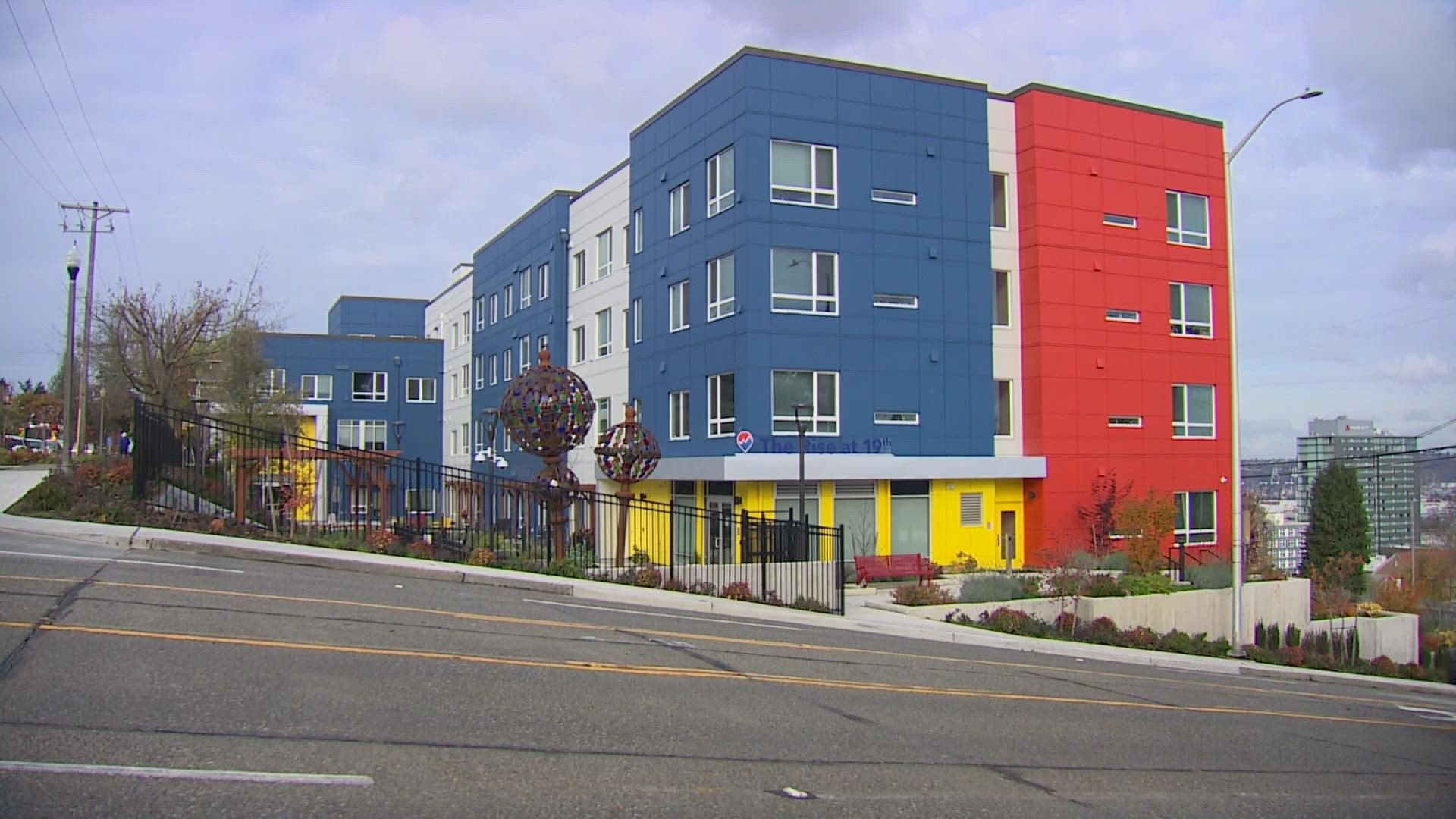Editor's note: The above video on Tacoma opening low-income housing originally aired Nov. 10, 2021.
SNOHOMISH COUNTY, Wash. – Snohomish County is holding two meetings in December to gather the community’s input on what residents need in terms of affordable housing, public facilities, infrastructure and other services next year.
The county said that the information gathered will help officials determine where federal grant funding is spent.
Each year, the county in consortium with 19 cities within the county gets about $5 million in federal grant funds that support projects benefitting low- to moderate-income residents and neighborhoods.
The use of the funds is guided by the five-year consolidated plan, and each year, the county develops an annual action plan for the yearly funding.
These action plans must include descriptions of specific projects being funded and the amount of funding each project is receiving.
Objectives listed in the county’s consolidated plan include affordable housing through rental units, rent assistance and help for homeowners as well as emergency shelter and public services for those experiencing homelessness.
Those interested in telling the county how they feel funding for next year should be spent can attend one of two meetings on Dec. 8 at 9 a.m. and 5 p.m. Both meetings will be held virtually via Zoom.
Snohomish County, along with most of the Puget Sound region, has a significant number of homeless residents throughout its towns and cities. In the point-in-time count for 2020, the last year before the COVID-19 pandemic hindered counting, Snohomish County reported 673 individuals said they were unsheltered and another 459 individuals were in temporary housing like shelters or transitional housing.
The homelessness crisis was a focal point in recent elections and continues to steer money and political action at the local and regional level.
In Pierce County for instance, the Home in Tacoma Project developed recommendations on how the city of Tacoma should rethink how housing is distributed within its borders and informed its leaders how they could rezone particular areas. The goal was to make housing more affordable and keep residents from going homeless.
The resulting ordinance would see many transit corridors zoned for single-family housing become mid-scale residential zones, which would allow townhouses, fourplexes, cottage housing and multi-family housing.
The city council’s final reading of the Home in Tacoma Project package is scheduled for Dec. 7.

